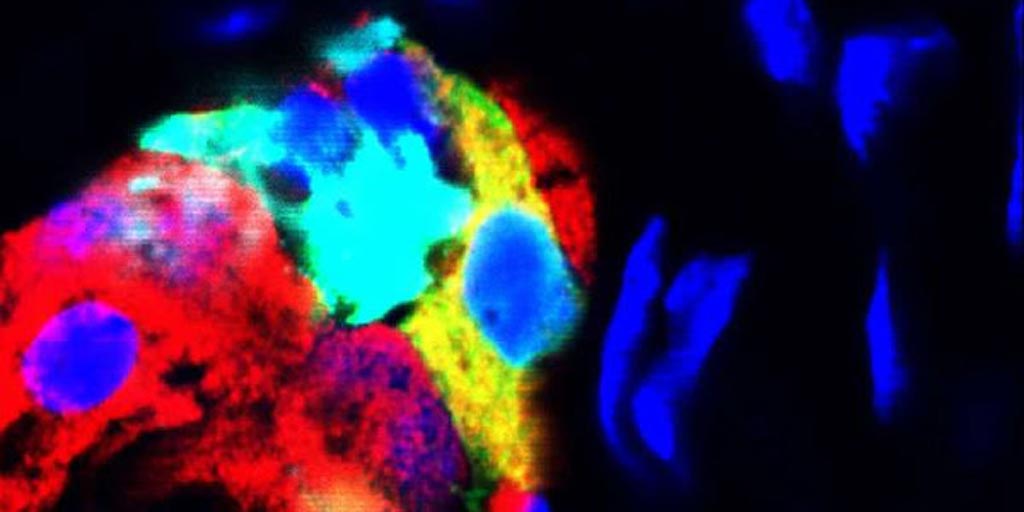Neighbor Cell Signals Cause Function Change in Response
By LabMedica International staff writers
Posted on 14 Jan 2019
A molecular mechanism has been identified that maintains cell identity via an active process, which is mediated by repressive signals released by neighboring cells that curb an intrinsic trend of differentiated cells to change.Posted on 14 Jan 2019
Investigators at the University of Bergen (Norway) and their collaborators were working with a mouse diabetes model as part of their study of the forces that restrict regeneration and maintain cell identity following injury. In the diabetes model, following beta-cell loss, 1–2% of the glucagon-producing alpha-cells spontaneously began producing insulin. Normally, in the pancreas alpha-cells produce glucagon, and this increases blood sugar levels. Beta-cells produce insulin, which decreases glucagon levels while delta-cells produce somatostatin, which controls the regulation of the alpha and beta cells.

Image: Flexible cells: Ordinary cells are not static and predetermined, as was earlier believed. They can change identity and function. This discovery may provide an approach for new types of treatments in the future (Photo courtesy of Dr. Luiza Ghila, University of Bergen).
The investigators reported in the October 22, 2018, issue of the journal Nature Cell Biology that adaptive alpha-cell identity changes were blocked by intra-islet insulin- and Smoothened-mediated signaling, among others. Smoothened is a Class Frizzled (Class F) G protein-coupled receptor that is a component of the hedgehog signaling pathway.
The combination of beta-cell loss or insulin-signaling inhibition together with Smoothened inactivation in alpha- or delta-cells stimulated insulin production in a greater number of alpha-cells. Thus, the maintenance of cell identity was seen to be an active process mediated by repressive signals, which were released by neighboring cells and curbed an intrinsic trend of differentiated cells to change.
"We are possibly facing the start of a totally new form of treatment for diabetes, where the body can produce its own insulin, with some start-up help," said contributing author Dr. Luiza Ghila, a researcher in the department of clinical science at the University of Bergen. "If we gain more knowledge about the mechanisms behind this cell flexibility, then we could possibly be able to control the process and change more cells' identities so that more insulin can be produced. Furthermore, the cells' ability to change identity and function may be a decisive discovery in treating other diseases caused by cell death, such as Alzheimer´s disease and cellular damage due to heart attacks."
Related Links:
University of Bergen













